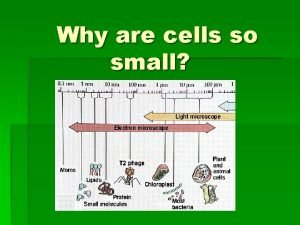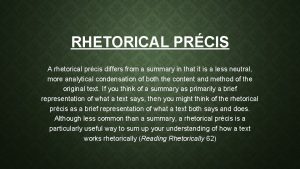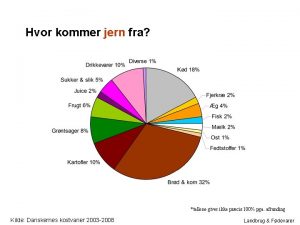Why a Prcis A prcis is a small







- Slides: 7

Why a Précis? • A précis is a small snapshot of a rhetorical analysis. – Rhetorical analysis is not a summary. The goal of a rhetorical analysis is to articulate HOW the author writes, rather than WHAT they actually wrote. To do this, you analyze the strategies the author uses to achieve his or her goal or purpose of writing their piece. • The four sentence rhetorical précis formula gets to the point quickly without much “fluff” in order to hit the rhetorical situation and strategies clearly and precisely.

PRÉCIS I. STRUCTURE The first sentence identifies who wrote the text, where and when it was published, and what its topic and claim are. II. The second sentence explores how the text is developed and organized using specific textual support. III. The third sentence explains why the author wrote this, his/her purpose or intended effect. IV. The fourth sentence describes the “for whom” of the text by clarifying who the intended audience is, as well as the overall tone of the piece.

THE FIRST SENTENCE identifies the essay’s author, title, and genre, provides the article’s date in parentheses, uses some form of the verb says (claims, asserts, suggest, argues, or other rhetorically accurate verb – see the list of verbs on page 4 of this packet) followed by that, and the essay’s thesis (paraphrased or quoted). In her op-ed piece “Posting a hotline number isn't enough; Break down doors to prevent a suicide” published in the LA Times (2018), poet and USC professor Amy Newlove Schroeder contends that when it comes to suicide prevention, “hotlines are a start — but [we] can and should do a lot more” for the people around us battling depression “who are often unwilling to admit it. ” v. Establishing credibility v. Strong diction (specifically verbs) v. Clear central contention v. Quote choice and blends

THE SECOND SENTENCE conveys the author’s support for thesis (how the author develops the essay; the trick is to convey a good sense of the breadth of the author’s support/examples, usually in chronological order. Schroeder bolsters this claim by alluding to current events and cultural norms to show pervasive the issue of mental health is (“thoughts and prayers, ” Chris Cornell, Chester Bennington), by sharing her personal experience with depression to establish her credibility on the subject matter (“I should know. I have suffered from depression since I was a kid. ”), and by divulging the dark side of depression through her use of shocking figurative language (“It is like demonic possession. ”). v. Strong rhetorical verbs v. Use of parentheticals v. Identification of rhetorical “moves” v. Evidence from the text

THE THIRD SENTENCE analyzes the author’s purpose using an in order to statement. In response to the recent string of Hollywood suicides and the proverbial “if you need something, call me” line that many are posting on social media pages these days, Schroeder is advocating for more aggressive—and yes, intrusive—action from her audience in order to potentially save lives. v. Context is provided v. Author’s purpose v. Syntactical choices v. Voice development (dashes)

THE FOURTH SENTENCE describes the essay’s target audience and characterizes the author’s relationship with that audience – and addresses the essay’s tone. This article is so wide-reaching because all of us are sons or daughters, brothers or sisters, friends or neighbors, co-workers or acquaintances; Schroeder’s poignant yet commanding tone is meant to inspire the audience to pay a little closer attention to the needs of others, as well as embolden us to “[not] be afraid” to do battle with this enemy of depression when those we love are being consumed by its unyielding and indiscriminate impact. v. Establishes specific audience (who will skip over this and who will take the time to read this piece? ) v. Identifies tone + more advanced tone words v. Author’s relationship with the audience v. Evidence from the text as support to establish the tone

In her op-ed piece “Posting a hotline number isn't enough; Break down doors to prevent a suicide” published in the LA Times (2018), poet and USC professor Amy Newlove Schroeder contends that when it comes to suicide prevention, “hotlines are a start — but [we] can and should do a lot more” for the people around us battling depression “who are often unwilling to admit it. ” Schroeder bolsters this claim by alluding to current events and cultural norms to show pervasive the issue of mental health is (“thoughts and prayers, ” Chris Cornell, Chester Bennington), by sharing her personal experience with depression to establish her credibility on the subject matter (“I should know. I have suffered from depression since I was a kid. ”), and by divulging the dark side of depression through her use of shocking figurative language (“It is like demonic possession. ”). In response to the recent string of Hollywood suicides and the proverbial “if you need something, call me” line that many are posting on social media pages these days, Schroeder is advocating for more aggressive—and yes, intrusive—action from her audience in order to potentially save lives. This article is so wide-reaching because all of us are sons or daughters, brothers or sisters, friends or neighbors, co-workers or acquaintances; Schroeder’s poignant yet commanding tone is meant to inspire the audience to pay a little closer attention to the needs of others, as well as embolden us to “[not] be afraid” to do battle with this













